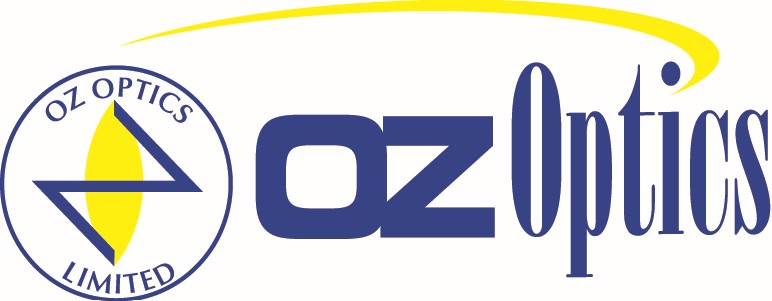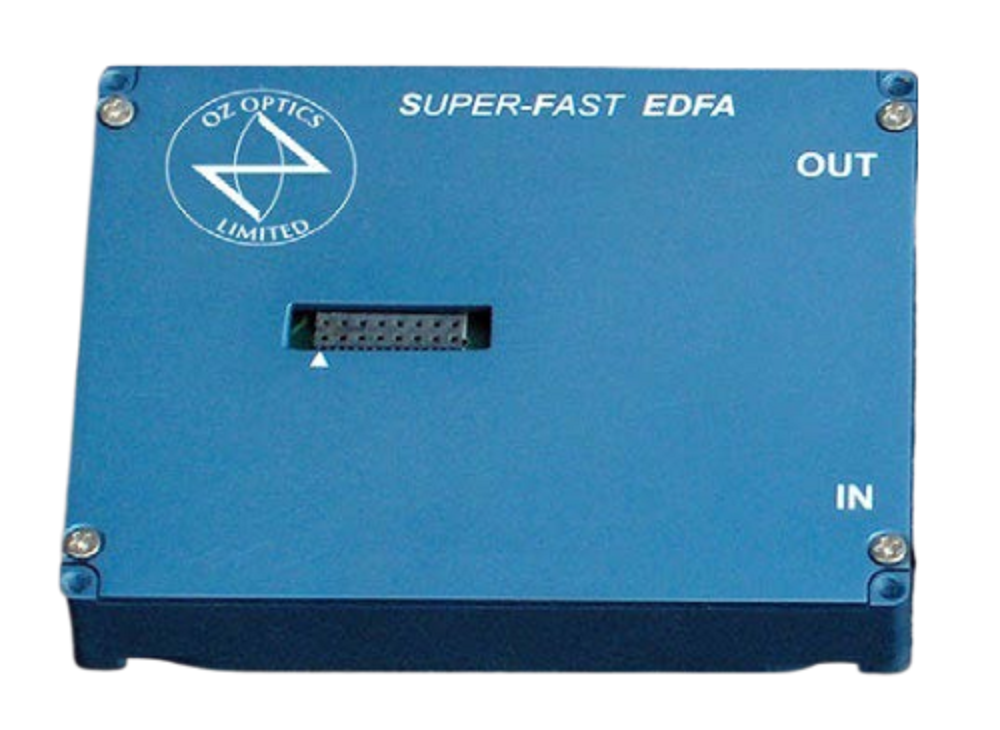Product information "FPR Polarization Rotators, Controllers & Analyzers"
Center Wavelength 440 to 1625 nm; Insertion Loss 0.8 to 2.5 dB; Return Loss ≥14 to ≥60 dB; Polarization Extinction Ratio 20, 25, 30; Fiber Type SM, Coating ≤400 µm; Max. Input Power 200 mW
OZ Optics’ FPR line of polarization rotators, controllers and analyzers manipulate and control the state of polarization of an input beam of light and couple the adjusted light into an output fiber or detector. These systems typically consist of an input with fiber pigtail or connector receptacle, from one to three polarization optic components and an output coupler with fiber pigtail or connector receptacle.
The FPR product line uses bulk waveplates and polarizing glass to accomplish the polarization control. Each polarization optic stage can be removed without loss of coupling. These stages may be replaced or interchanged as the application requires. Separate stages with polarization optics mounted in a rotary platform may be purchased to allow using only one fiber optic assembly for multiple applications.
Three types of polarization optics are employed: Plate polarizers, with high extinction ratio and low loss, half wave plates rotating the plane of polarization and quarter wave plates changing the ellipticity of the input light.
Consult AMS Technologies for special component performance requirements. For extreme applications, custom achromatic waveplates can be supplied that allow operation over wider bands. These components are much more expensive than simple waveplates and detailed requirements should be supplied to ensure the proper component is supplied.
OZ Optics manufactures two standard sizes of FPR devices. The standard size uses 2.5" square rotational stages and is the preferred choice for applications where frequent adjustments must be made or repeatability is important. The miniature stage uses 1" stages to fit into tight spaces and is preferred for use in equipment boxes or where a single state needs to be found and subsequent alignment is minimal.
Key Features:
- User-friendly Lab Package or Compact Package for Inside Systems
- Single Mode (SM), Multi Mode (MM) and Polarization Maintaining (PM) Fiber Versions
- Removable/Replaceable Optics (Interchangeable)
- Wide Range of Available Wavelengths
- High Polarization Extinction Ratio
- Convert Any Polarization State to Any Other Polarization State
- Compatible With Standard Detector Housings
Applications: Laser to Fiber Coupling; Polarization Dependent Component or PM Fiber Testing; Fiber Amplifiers; Coherent Communications; Polarization Error Rate Measurements; PM Fiber Axis Conversion



